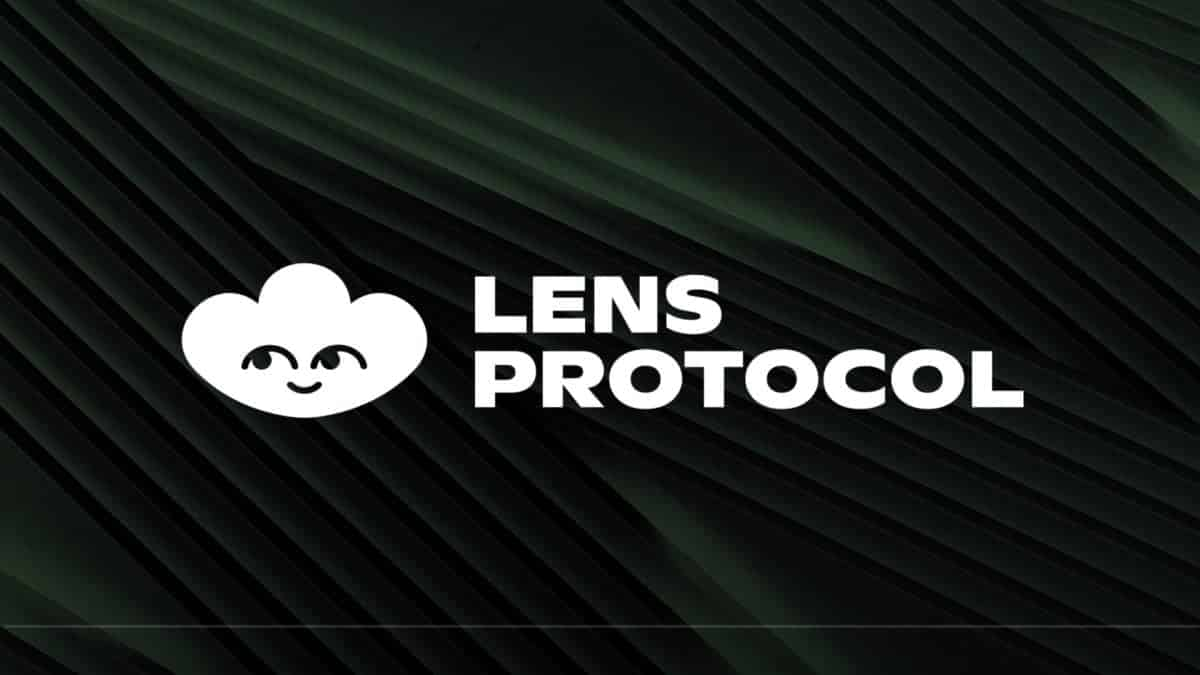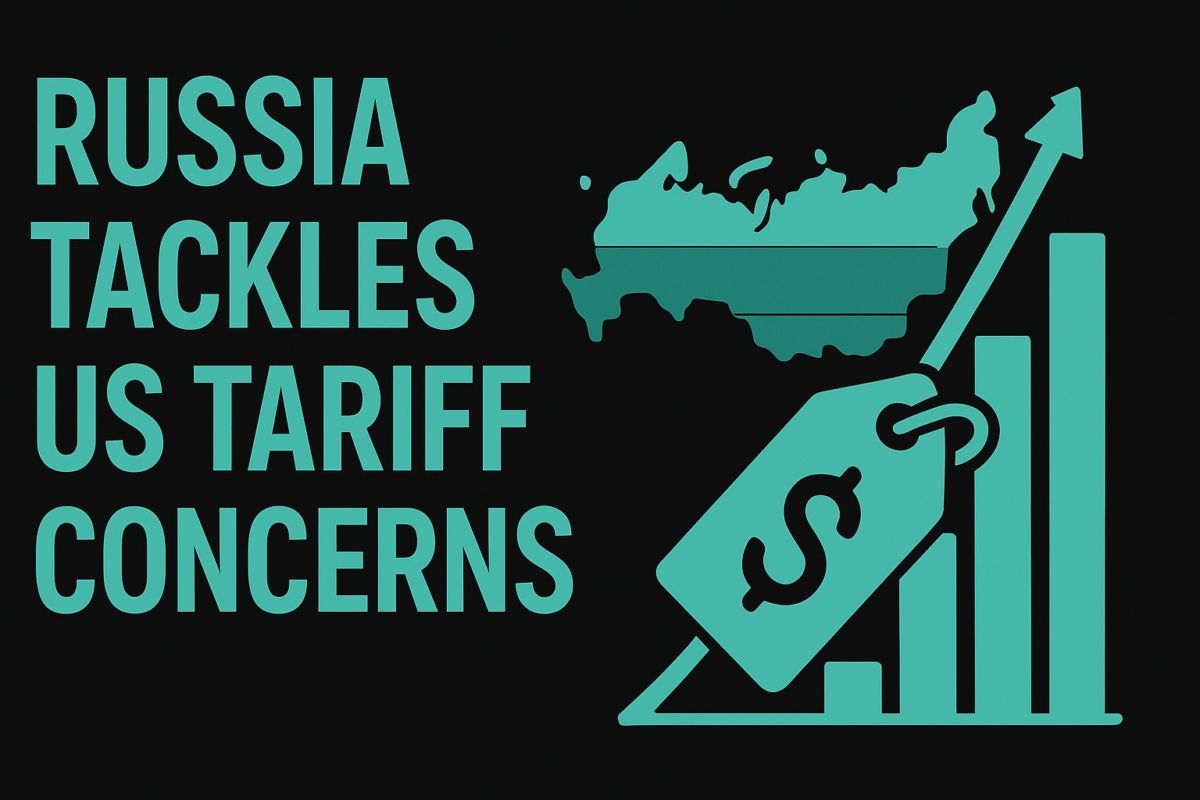SocialFi protocol Lens releases Lens Chain mainnet with Avail DA and ZKsync tech
Quick Take Stani Kulechov’s Lens protocol launched its EVM-compatible Layer 2 network for onchain social networking and data ownership. The network taps Avail’s data availability solution to optimize storage needs, ZKsync’s developer stack for cheap transactions, and Aave’s GHO stablecoin as a native gas token.

Decentralized social graph Lens released its Layer 2 network Lens Chain on mainnet, marking one of the largest data migration events in blockchain history to date — with around 125GB of storage logs transferred from the Genesis block.
Lens Chain was designed using ZKsync’s rollup stack, which uses zero-knowledge proofs to verify information while maintaining privacy. This means the network is Ethereum Virtual Machine-compatible as well.
Lens Chain integrated Aave’s stablecoin GHO as a native gas token. GHO is an overcollateralized stablecoin pegged to the US dollar and issued by Aave Labs, the entity behind DeFi’s biggest lender. The move was first announced in February and aims to offer predictable transaction fees.
Disclaimer: The content of this article solely reflects the author's opinion and does not represent the platform in any capacity. This article is not intended to serve as a reference for making investment decisions.
You may also like
Citadel Investments founder Griffin: Trump's tariffs are a 'huge policy mistake'
Apertum Launches Major Giveaway Campaign in Partnership with P2B Exchange
Russia Tackles US Tariff Concerns as BRICS Accelerates Dollar Escape Plan

Web3 active developers dropped by nearly 40% in one year
